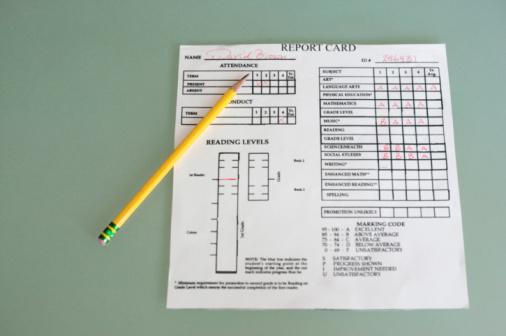Outdated information systems and budget cuts are among the problems that prevent the nation from doing a better job of preventing and controlling infectious disease outbreaks, according to detailed review today from two public health groups.
The report from Trust for America's Health (TFAH) and the Robert Wood Johnson Foundation (RWJF) looked at key disease outbreak indicators for each state in finding gaps and overall themes that could improve the nation's detection and response capacities. The groups released the 124-page report, titled Outbreaks: Protecting Americans from Infectious Diseases 2013, today at a media telebriefing.
Over the past decade TFAH has released annual scorecards that rated the national and state preparedness and outbreak response, but Jeff Levi, PhD, executive director of TFAH, a nonprofit, nonpartisan advocacy group in Washington, DC, said the group shifted away from the preparedness focus this year because a consortium of groups has taken on the analysis of that component.
On Dec 4 groups led by the Association of State and Territorial Health Officials (ASTHO) and the Centers for Disease Control and Prevention (CDC) released the National Health Security Preparedness Index (NHSPI), billed as the most comprehensive measure to date and one that also provides a single composite measure for the country.
That 2-year effort gave the nation an overall preparedness score of 7.2 on a scale of 10, with state scores ranging from 5.9 to 8.1.
In the new report, TFAH and RWJF rated states on 10 key indicators of policies and capacities that protect against disease threats; the indicators focus on public health funding levels, meeting vaccination targets, having a climate-change adaptation plan, mandates for reporting healthcare-associated infection (HAI) reporting, public health lab capacity, and routine HIV screening.
A majority of states (34) scored 5 or lower on the key indicators, ranging from New Hampshire as the highest scoring at 8 to Georgia, Nebraska, and New Jersey, all tied for the lowest score of 2.
At the media briefing, Levi said 1 of every 20 hospitalized patients contracts an HAI, yet a third of states don't require reporting. He noted that only a quarter of states vaccinated at least half of their population against flu, and only two—Connecticut and Delaware—meet the federal goal of vaccinating preschoolers against pertussis.
He also noted that two-thirds of states reported a drop in public health funding between fiscal years 2011-12 and 2012-13. The report shines light on the nation's vulnerabilities, and though many states still grapple with austerity conditions, the report's findings can help them prioritize measures to shore up infectious disease prevention and detection, Levi said.
He said states can also take more creative paths for using existing public health dollars, such as taking advantage of Affordable Care Act and Medicare expansion measures designed to boost vaccination against flu and other preventable diseases.
Tom Inglesby, MD, chief executive officer and director of the Center for Health Security at the University of Pittsburgh Medical Center, told reporters there is a widespread misconception that infectious diseases are under control. "This report is a welcome clarion call," he said.
However, he added that there have been great US success stories in battling disease outbreaks. "When they [public health workers] have the tools they need, they do crucial work and do it very well."
Today's report contains several recommendations aimed at addressing gaps in disease prevention and control. Several revolve around boosting fundamental capacities, such as maintaining the public health workforce and arming workers with better surveillance tools. Other measures include countering antibiotic resistance, increasing vaccination levels, and improving the ability to quickly identify bioterror threats.
Another was battling complacency against ongoing infectious disease threats, such as HIV, hepatitis, and tuberculosis. The report points to an alarming rise in new HIV infections in young gay men.
Levy said constant vigilance is needed against those threats, and the nation always pays a bigger price when it lets its guard down against diseases like tuberculosis and HIV. "Each year we have a new cohort of people who need to get the prevention message."
See also:
Dec 17 TFAH press release
Dec 17 TFAH report
Dec 5 CIDRAP News story "New health preparedness index gives US overall good marks"




















